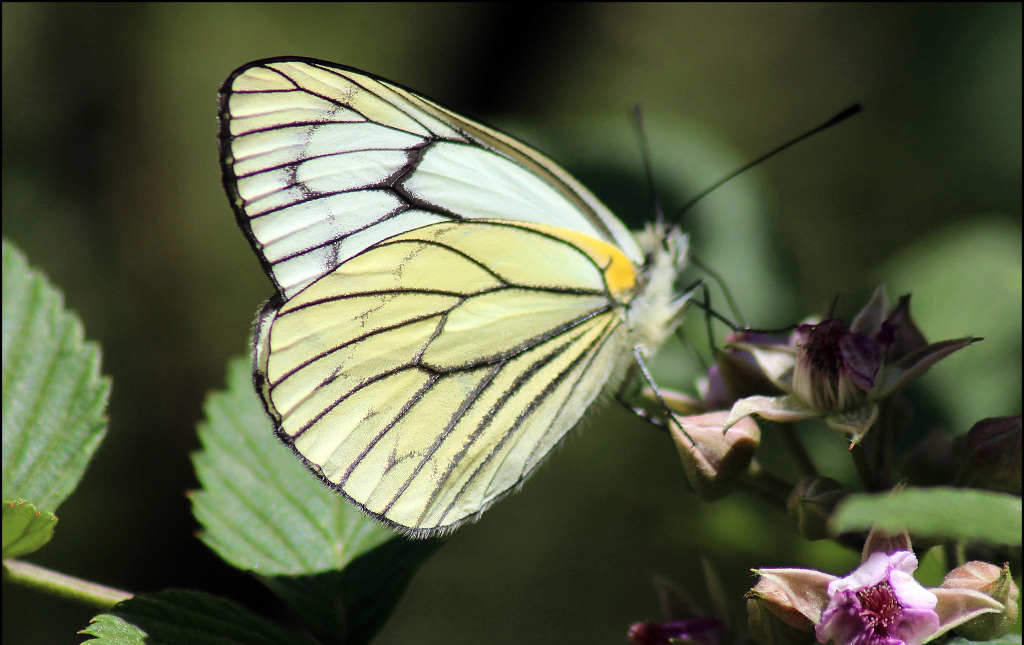
Aporia leucodice (Kashmir Arrowhead Blackvein)
Among the many stunning butterflies found in the Great Himalayan National Park (GHNP), Aporia leucodice stands out for its delicate appearance and ecological role. Commonly known as the Himalayan black-veined white, this species is a high-altitude dweller with graceful flight and distinct markings
| Common Name | Himalayan Blackvein |
| Scientific name | Aporia leucodice |
| Family | Pieridae |
| Description |
The Aporia leucodice, also known as the Himalayan black-veined white butterfly, is a graceful high-altitude species often spotted in the Great Himalayan National Park (GHNP). Known for its delicate white wings traced with bold black veins, this butterfly is both visually stunning and ecologically significant. Appearance and Natural Habitat of Aporia leucodiceAporia leucodice features semi-translucent white wings with intricate black vein patterns that help it blend into the alpine surroundings. It thrives in subalpine meadows, grassy ridges, and forest edges, typically between 2,000 and 3,500 meters above sea level. These environments provide the wildflowers and host plants that are vital to its life cycle. Behavior and Life CycleThis butterfly is most active during spring and early summer. Females lay eggs on plants in the mustard family (Brassicaceae), which serve as food for the larvae. The caterpillars eventually pupate, emerging as adults that flutter through GHNP’s flowering meadows in search of nectar. Role in the GHNP EcosystemAporia leucodice contributes to pollination in the GHNP, supporting plant biodiversity across alpine and subalpine zones. Its presence is a healthy indicator of ecological balance and climate stability in the Himalayas. Learn More About GHNP’s Butterfly DiversityTo explore more about GHNP’s rich biodiversity, read our features on Lycaena panava, Painted Lady, or dive deeper into GHNP fauna.
|



